Flavor characteristics of Bolivian Rosa Coffee beans the story of Bolivian Rosa cousin Java Coffee
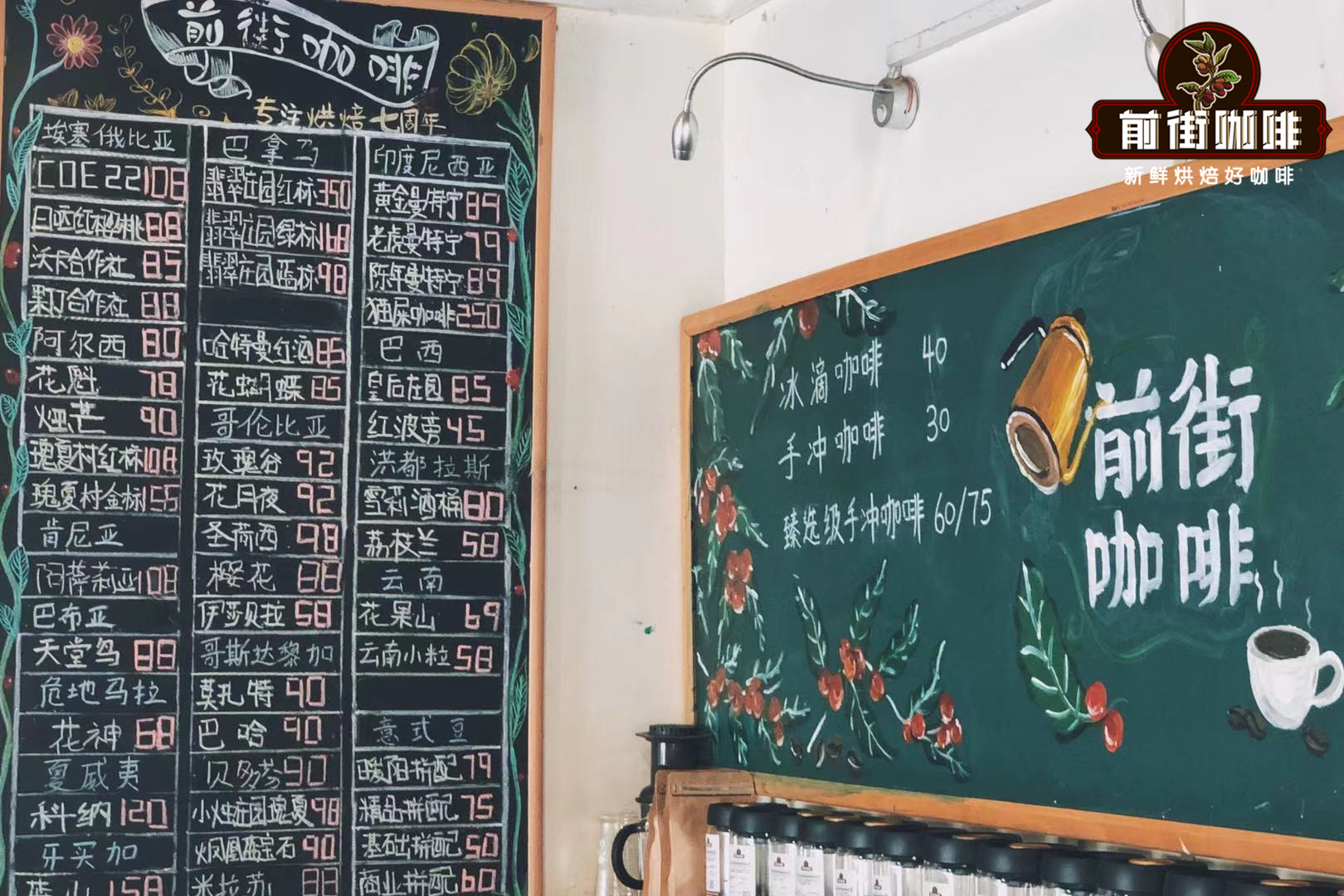
Professional coffee knowledge exchange more coffee bean information please follow the coffee workshop (Wechat official account cafe_style)
Bolivia is an interesting place, although it is called the paradise of coffee growth, but its production has not been high. Qianjie Coffee is very impressed by the exquisite flavor of Bolivian coffee, which is mainly reflected in its rich sweetness and soft acidity. In the 2017 WBC (World barista Competition), Japan's Miki Suzuki used rosy summer coffee beans from Bolivia and won the world runner-up with its superb technology and profound flavor of Bolivian coffee.
Speaking of Bolivian summer, Qianjie had to test a Java coffee bean in advance. Java can be said to be a cousin of Bolivian summer, with a chic and elegant flavor, sweet and sour taste and creamy smooth taste.
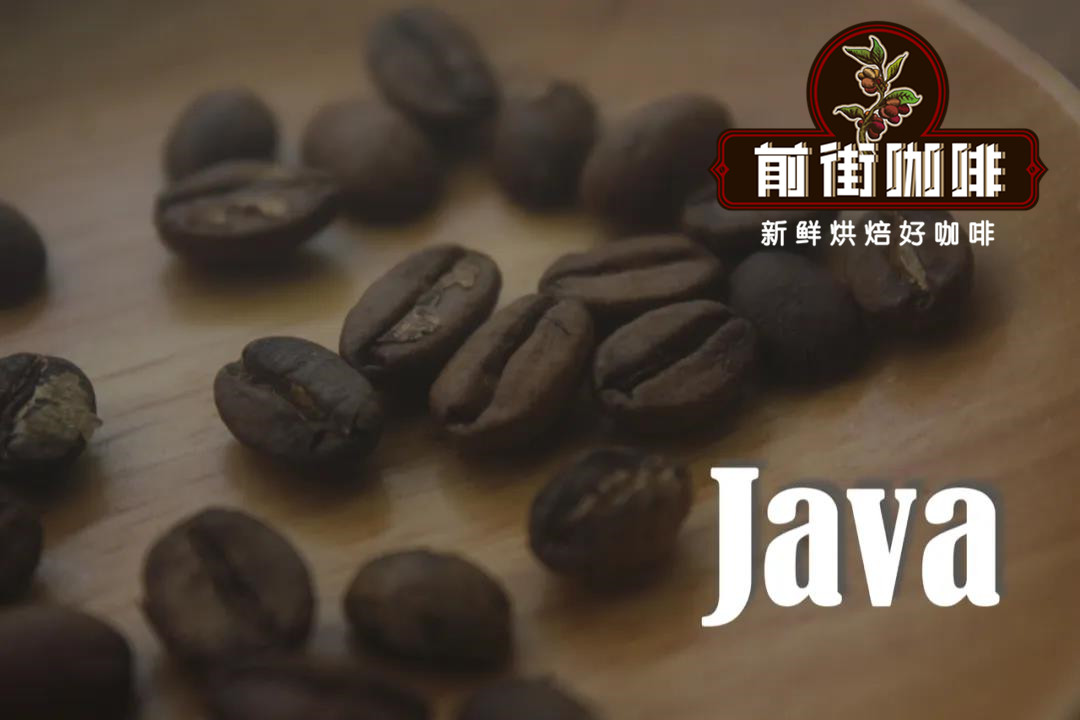
Bolivia
Bolivia borders Brazil, a landlocked country in South America. Bolivia has a variety of topography, from the peaks of the Andes to the vast saline plains, with an average elevation of more than 3000 meters. The legal capital is Sucre, the actual government residence is La Paz, and La Paz is more than 3600 meters above sea level. It is the highest capital in the world. High altitude brings great advantages to coffee cultivation, but the Bolivian coffee industry is still weak, with an annual output of only 223000 sacks (60kg/ bags).
The low yield is caused by several reasons. first, it is inconvenient to transport. the roads in coffee growing areas are often rugged and dangerous, making it difficult to transport coffee. Beiyanggus (North Yungas Road) Highway is recognized as the first dangerous road in the world, the mountain road is basically close to the edge of the cliff, and there is no guardrail, there are foggy days, often overturned. Every year, hundreds of people die in traffic accidents here, and some people call it the world's first "El Camino de la Muerte". Poor traffic conditions also create great difficulties for coffee transportation. Over the years, the Bolivian Government has learned that safe transport is important for exports and is investing heavily in road construction.
There is also a very important reason that Bolivia has a small population of only 10.5 million people, most of whom are quite poor and more secure in growing higher-yielding coca leaves (used as drugs), which has caused many farmers to abandon coffee or even give up farms altogether. Coca cultivation requires the use of a large number of chemical pesticides and fertilizers, which do great damage to the soil.
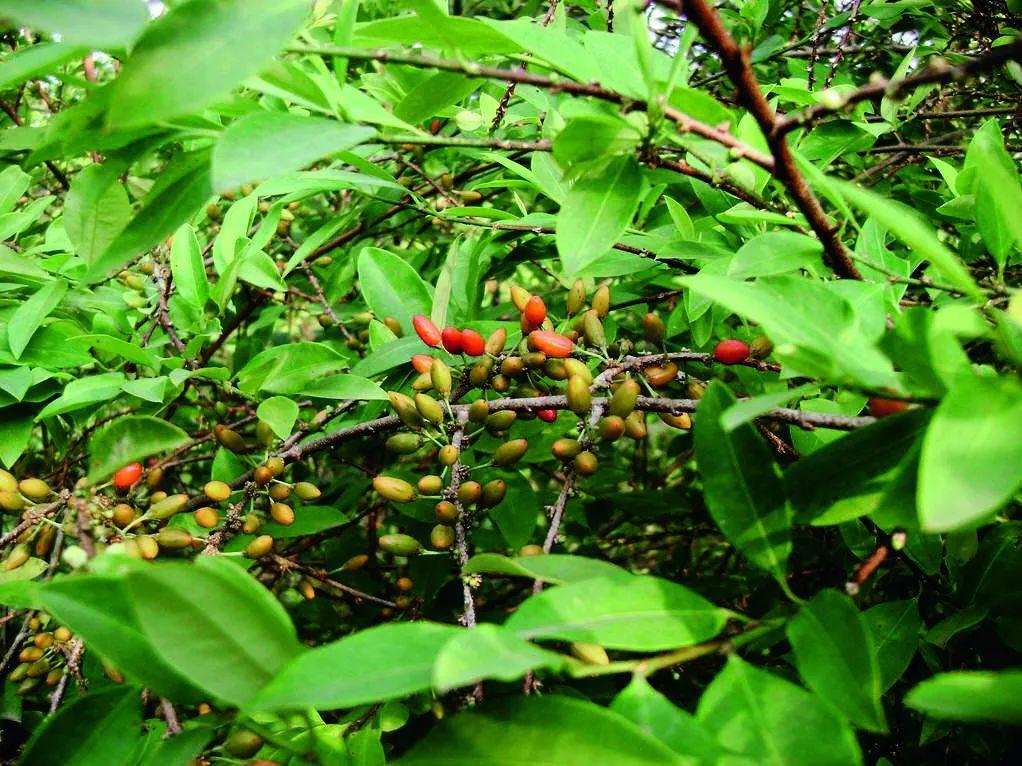
In addition, when leaf rust hit in 2013, Bolivia lost 50% of its coffee production in just one year, directly reducing it to a small coffee-producing country.
The development of Bolivian coffee
In 1880, there was a large amount of coffee production in Bolivia, basically some large farms north of La Paz.
In 1991, the government promoted a plan for indigenous people to grow coffee, but did not pay attention to the quality of coffee. When the government encourages the cultivation of coca leaves, the profit is four times that of coffee, causing many farmers to abandon coffee or even give up farms altogether.
In early 2000, the United States strongly supported Bolivian agriculture, but coffee farmers suffered the most because of the Bolivian government's support for coca cultivation and the deterioration of relations with the United States. Then, with the resumption of a limited war on drugs in Bolivia, many helped to restart coffee development programs, such as COE, which was held with the support of American aid USAID.
In 2004, when Cup of Excellence (COE for short) was held in Bolivia, there were 13 boutique bean cups with a total score of more than 84, and the champion bean score was as high as 90.44, so the price of raw beans rose.
In 2009, Bolivia participated in the COE competition for the last time. Due to political factors, Bolivia has not yet returned to COE.
In 2013, when leaf rust hit, coupled with the government's coca leaf policy, Bolivia's coffee production fell by 70% over the past decade, making it a small coffee-producing country.
In 2018, Bolivia and China signed a quality inspection agreement on Bolivian coffee exports.
In 2019, the political chaos in Bolivia made everything uncertain again, when the coup paralyzed the city and made it difficult for coffee exports.
Planting pattern
Bolivian coffee can usually be traced back to a single farm or cooperative. As a result of the land reform, the number of landowners with large amounts of land has decreased significantly since 1991. 23000 coffee-producing families in Bolivia grow coffee on about 1.2-8 hectares of small agricultural land.
Coffee producing area
Bolivia's main coffee production area is Yungas, which is planted at 800-2300 meters above sea level and harvested from July to November. 95% of Bolivia's coffee is produced in this area. Yungas, located on the eastern side of the Andes, is covered by entire forests from Peru across Bolivia and into Argentina. The producing area has one of the best high-altitude coffee in the world, and it is also the oldest coffee producing area in Bolivia. The aforementioned government residence in La Paz is located in the west of the producing area.
In addition to Yungas, Santa Cruz (Santa Cruz) and Beni grow coffee. Santa Cruz (Santa Cruz) is located in the easternmost part of Bolivia, but because its altitude is not high enough, high-quality coffee is rare, accounting for about 3% of the country's cultivation.
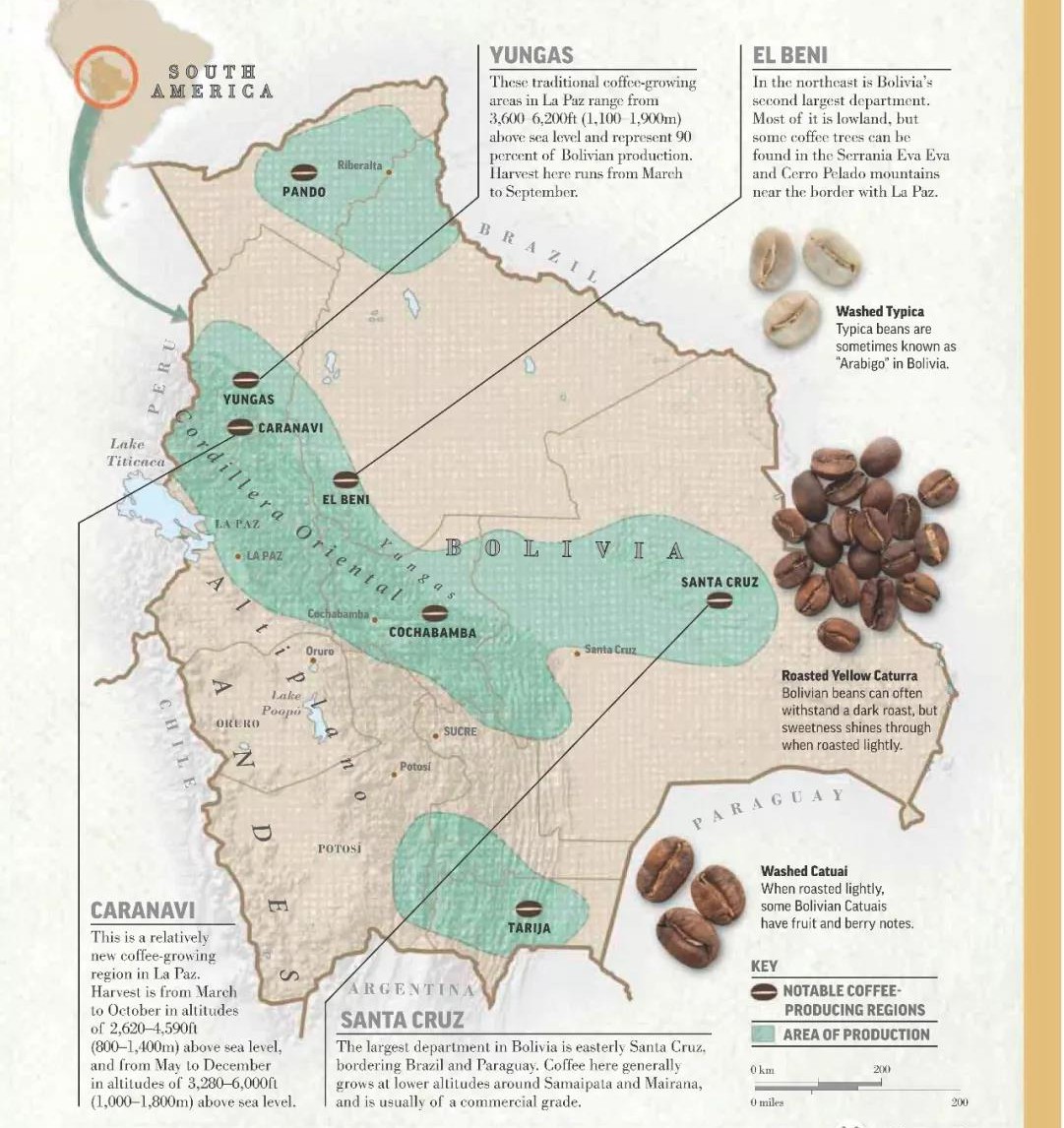
Rodriguez of the Rogelides family
The development of boutique coffee in Bolivia can be said to be thanks to the Rogelides family. The Rodriguez family has been growing coffee since 1986. Due to the influence of policies, natural disasters and other aspects, the number of coffee estates in Bolivia has gradually decreased. In order to develop the coffee industry, the Rodriguez family began to buy land and build new estates to grow high-quality boutique coffee, such as Bolivian rose summer coffee beans.
The Rodriguez family coffee estate has a total of 12 estates, including four in Santa Cruz and eight in Karanawi, La Paz, which integrate harvesting, processing, packaging and export.
[tomorrow Sun Project El Sol de Manana] is a program launched by the Rogers family in 2016 to support small farmers to grow high-quality coffee. By providing farmers with more vocational training, knowledge and skills, discounts and other related advice on the purchase of up-to-date coffee seeds, as well as fairer transaction prices, and setting up an incentive mechanism for those farmers who have seriously planted and achieved a certain cup test score, in order to improve the quality of local coffee and let farmers' income and quality enter a good cycle of sustainable management.
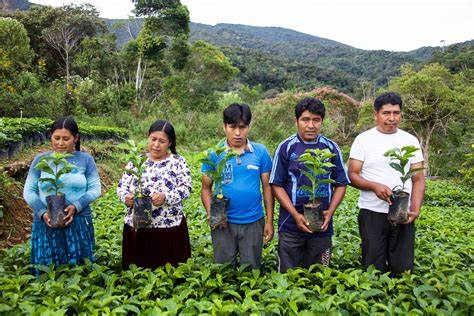
Qianjie has tested a batch of tomorrow Sun Project's washed Java iron pickup coffee beans, which have rich flavor, soft strawberry acid, caramel sweetness and a slight cocoa and almond finish.
Coffee variety
The traditional varieties of coffee in Bolivia are mainly Tibica, Kaduai, red and yellow Kaddura and so on. With the promotion of the wave of boutique coffee, in the past two decades, many coffee estates have introduced varieties such as Bolivian Rosa, Pacamara, SL28 and so on, while the Bolivian Rosa coffee beans of the Rodrides family come from the most famous jade estate in the world.
Java Nica, which comes from a branch called Abysinia in Ethiopia, is a native ancient variety. In fact, this branch is the same clan, the same place of origin, and has the same excellent floral and fruit flavor as Rosa. That is why Java is often called the cousin of Rose.
However, Qianjie should be reminded that Java here is different from Java in Indonesia. Java in Indonesia is actually synonymous with coffee producing areas, while Java in Bolivia is a variety of coffee; and Java in Indonesia has lost its innate excellent genes in hundreds of years, and the two are different branches.
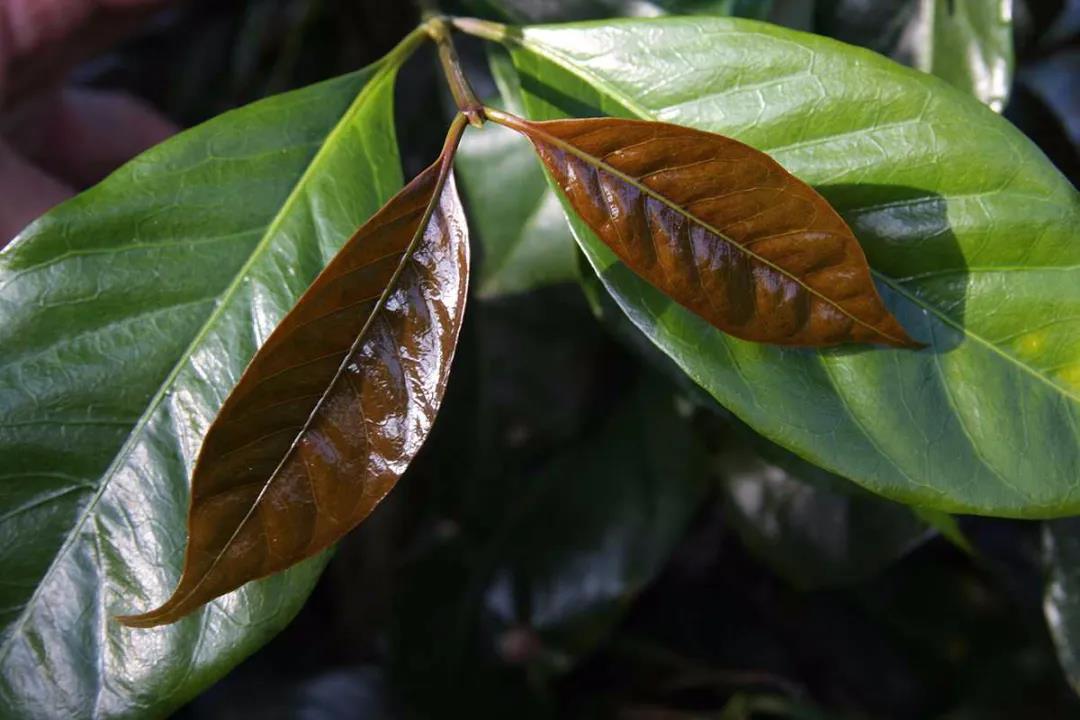
Qianjie first gives you a brief review of how Java came to America. After Indonesia, Java varieties spread first to the nearby Timor island group, and then to Cameroon in East Africa, where they were first released for farmers in 1980.
In 1991, in order to provide more varieties for small coffee growers, while taking into account the low demand for fertilizer, the then CIRAD (International Center for Agricultural Research and Development) introduced Java to Costa Rica, which was then brought to countries in Central and South America, and found that Java performed well at high altitudes.
With the cultivation of the Java variety in Central America, the Nicaraguan Mierisch family took the lead in bringing this variety to the attention of the boutique coffee market; and in order to distinguish between Indonesian Java coffee and Java varieties, the Central American Java variety was named JAVA NICA (meaning Java species from Nicaragua). Java coffee has come to prominence in Central and South America in recent years, came to Bolivia and was carefully nurtured by the Rodriguez family.
A Bolivian cocoa sun-dried Java coffee bean was detected in the former street cup this year, which was made by the Rodriguez family. From a small estate called Waliki Waliki, located in the Bolinda community in a lush and steep valley about 10 kilometers outside the town of Caranavi in La Paz, Bolivia, at an altitude of more than 1600 meters, the area has a cold climate and a relatively long coffee growing cycle. This bean will be introduced in detail in the front street below.
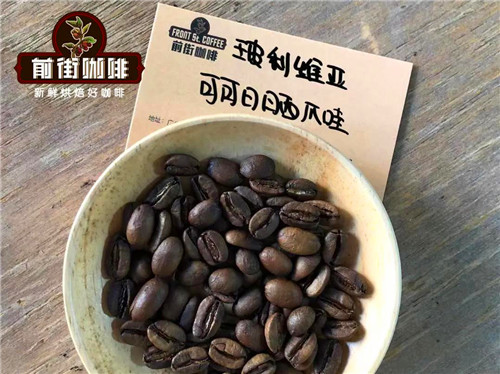
Treatment method
In the 1990s and 21st century, thanks to the establishment of coffee washing plants in foreign-funded development projects, the vast majority of small farmers in Bolivia adopted the traditional washing method. In addition to classical treatments such as sun exposure, water washing and honey treatment, a small number of large estates are also trying special treatments such as anaerobic fermentation and yeast.
As mentioned earlier, the Qianjie Cup received a Bolivian coffee bean treated with cocoa sun, which was developed by the Rodriguez family. After selection and weighing, the coffee fruit is washed carefully, dried on a raised African bed, and then turned every hour. About a week later, put the coffee fruit in the cocoa dryer.
The cocoa dryer has never been used in the treatment of coffee beans before, but Pedro of the Rodriguez family has been innovating and experimenting with different treatment techniques and found that cocoa dryers can slowly and continuously dry coffee beans at low temperatures. to reduce the impact of weather conditions.
Coffee beans are placed in large steel buckets for about 35 hours at a temperature of no more than 40 degrees Celsius, flipping every 30 minutes.
After the coffee beans are dried, they are transported to La Paz for rest, and then shelled in a drying plant. In this factory, machinery is used for careful shelling and sorting of coffee, in addition to manual sorting under ultraviolet and natural light.
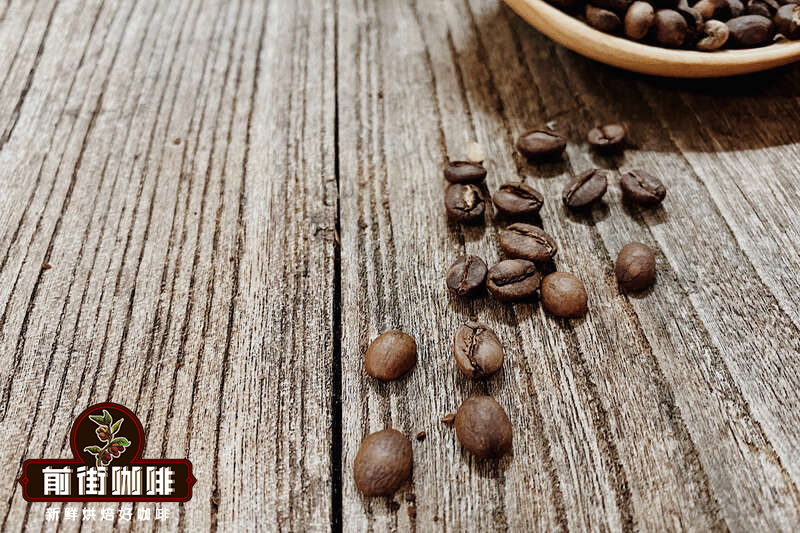
Bolivia Waliki Manor Cocoa Sun Java
Bolivia Waliki Coco Natural Java
Coffee producing area: la Paz La Paz
Planting altitude: 1600 m
Coffee variety: Java Java
Treatment method: cocoa sun treatment Coco natural
Baking suggestion
In order to stimulate the unique aroma and fruit juice of Java species, Qianjie adopted the method of shallow baking.
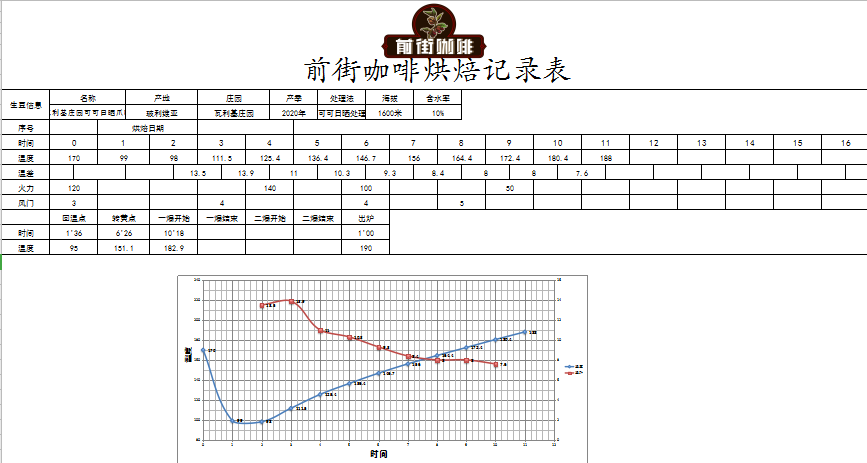
Front Street Coffee Bolivia Java Coffee Bean Baking Curve
Test the flavor by cup
Dried incense: fermented incense, grape
Wet fragrance: honey, flower scent
Import: grapes, oranges, honey, nuts, cream
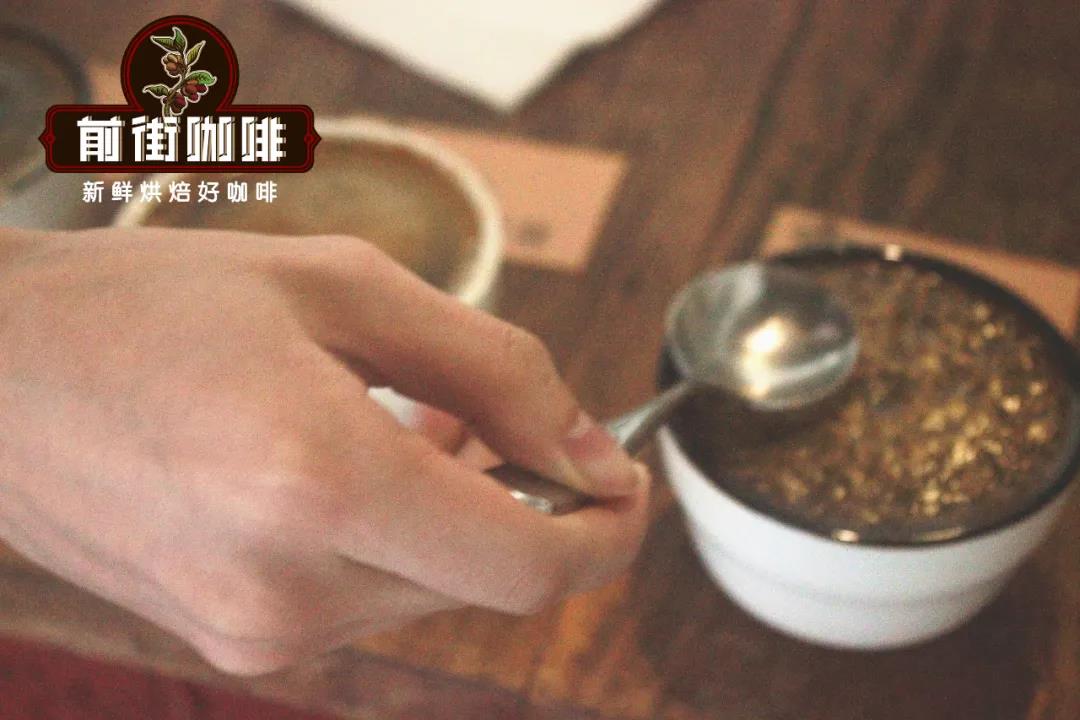
How to cook in front of the street
Qianjie takes into account that this kind of Java beans are lightly roasted, and the dissolution rate of light roasted beans is lower than that of deep roasted beans, so in order to ensure that enough flavor can be fully extracted, a higher water temperature is used for brewing, and a finer grinding degree is also selected.
Cooking parameters
Coffee powder quantity
15 grams
Proportion
1:15
Water temperature
90 degrees Celsius
Grinding degree
0.85mm screen pass rate 80%
Filter cup
Hario v60 # 01 filter cup
Cooking process
The first stage of water injection
30 grams of water steamed for 30 seconds
Second stage water injection
The injection of 95 grams of water (125 grams indicated by the electronic scale) will be completed in about 1 minute 05 seconds.
The third stage of water injection
100 grams of water (225 grams indicated by the electronic scale) will be injected in about 1 minute and 45 seconds.
Extraction time
For 2 minutes, remove the filter cup and finish cooking.
Flavor description
Slightly fermented, grapes, light nuts, floral aromas, medium acidity, fruit juice taste.
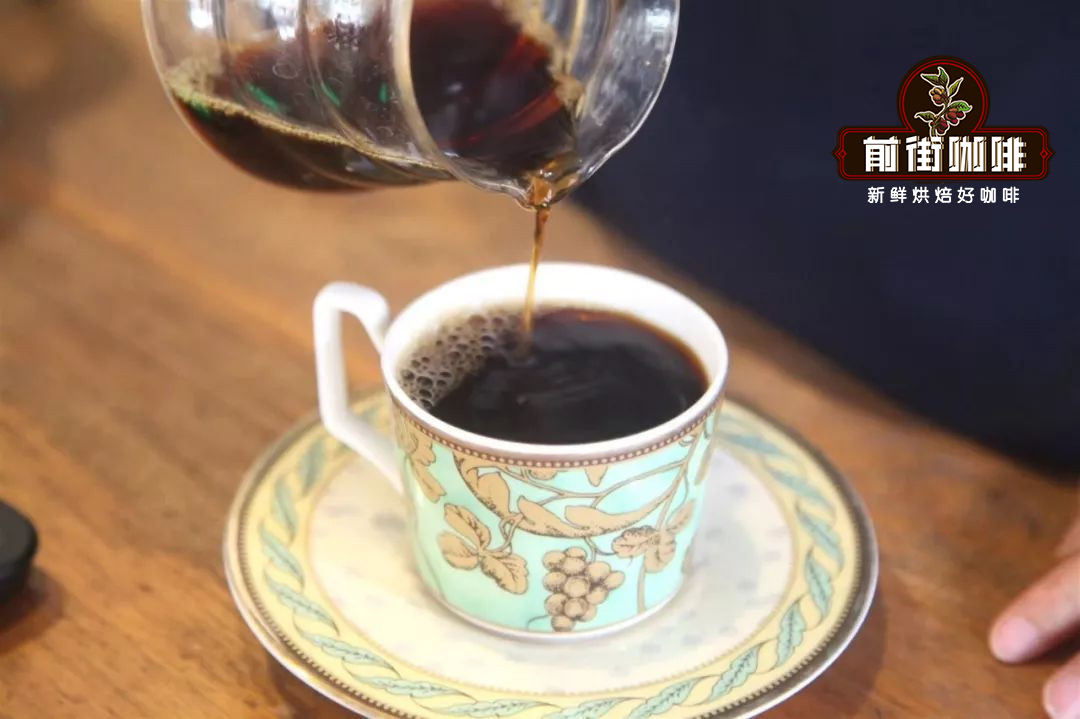
For more boutique coffee beans, please add private Qianjie coffee on Wechat. WeChat account: kaixinguoguo0925
Important Notice :
前街咖啡 FrontStreet Coffee has moved to new addredd:
FrontStreet Coffee Address: 315,Donghua East Road,GuangZhou
Tel:020 38364473
- Prev
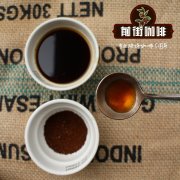
I've heard of coffee bean microbatches and learned about what is called Rosa Coffee Sirius batches.
Professional coffee knowledge exchange more coffee bean information Please pay attention to the coffee workshop (Wechat official account cafe_style) Rose Summer is usually handled by washing and tanning, the flavor wants to be good, but do you know the rose summer of honey treatment? Is the flavor and taste different from that of hand grinding? Which country launched this rose summer of honey treatment. The so-called honey treatment is said to mean carrying the mucous membrane.
- Next

Introduction to the flavor and taste of Markara coffee, a boutique coffee producing area in Honduras
Professional coffee knowledge exchange more coffee bean information please pay attention to the coffee workshop (Wechat official account cafe_style) Honduran coffee has always been loved by many people, close to the El Savado country, volcanic type of planting land, fertile soil, high altitude, large temperature difference between day and night, climatic conditions, etc. all provide good conditions for the cultivation of Honduran coffee, no matter the fine coffee produced.
Related
- Detailed explanation of Jadeite planting Land in Panamanian Jadeite Manor introduction to the grading system of Jadeite competitive bidding, Red bid, Green bid and Rose Summer
- Story of Coffee planting in Brenka region of Costa Rica Stonehenge Manor anaerobic heavy honey treatment of flavor mouth
- What's on the barrel of Blue Mountain Coffee beans?
- Can American coffee also pull flowers? How to use hot American style to pull out a good-looking pattern?
- Can you make a cold extract with coffee beans? What is the right proportion for cold-extracted coffee formula?
- Indonesian PWN Gold Mandrine Coffee Origin Features Flavor How to Chong? Mandolin coffee is American.
- A brief introduction to the flavor characteristics of Brazilian yellow bourbon coffee beans
- What is the effect of different water quality on the flavor of cold-extracted coffee? What kind of water is best for brewing coffee?
- Why do you think of Rose Summer whenever you mention Panamanian coffee?
- Introduction to the characteristics of authentic blue mountain coffee bean producing areas? What is the CIB Coffee Authority in Jamaica?

